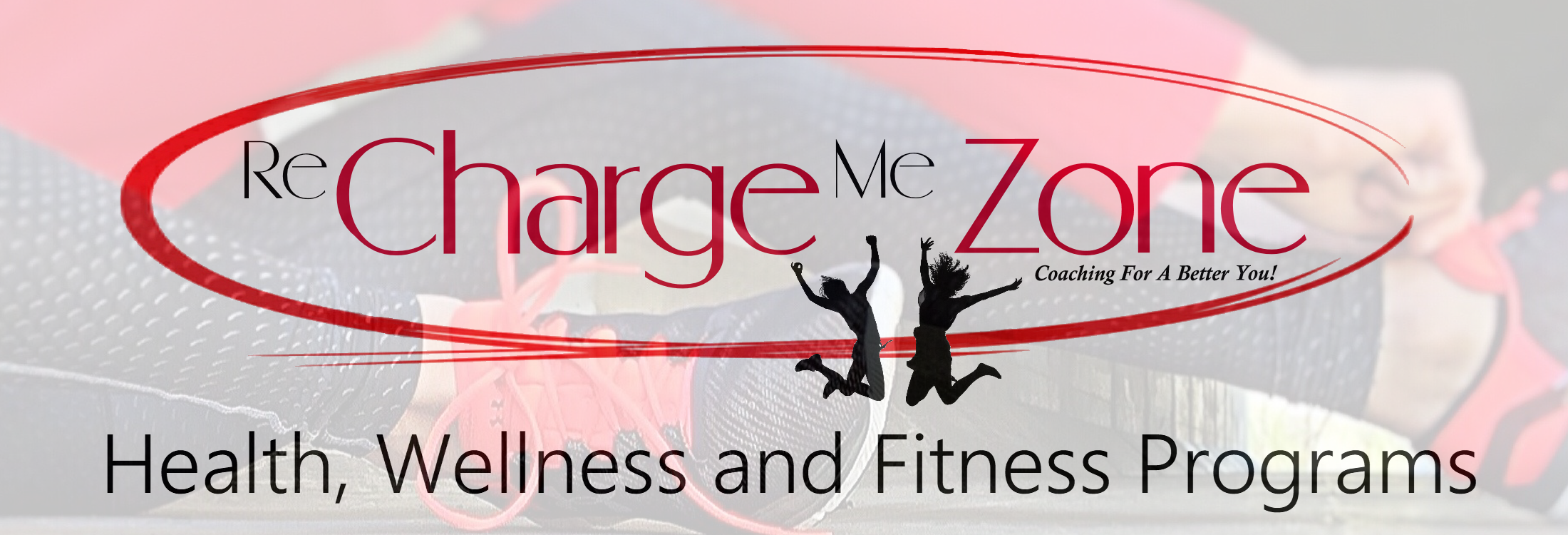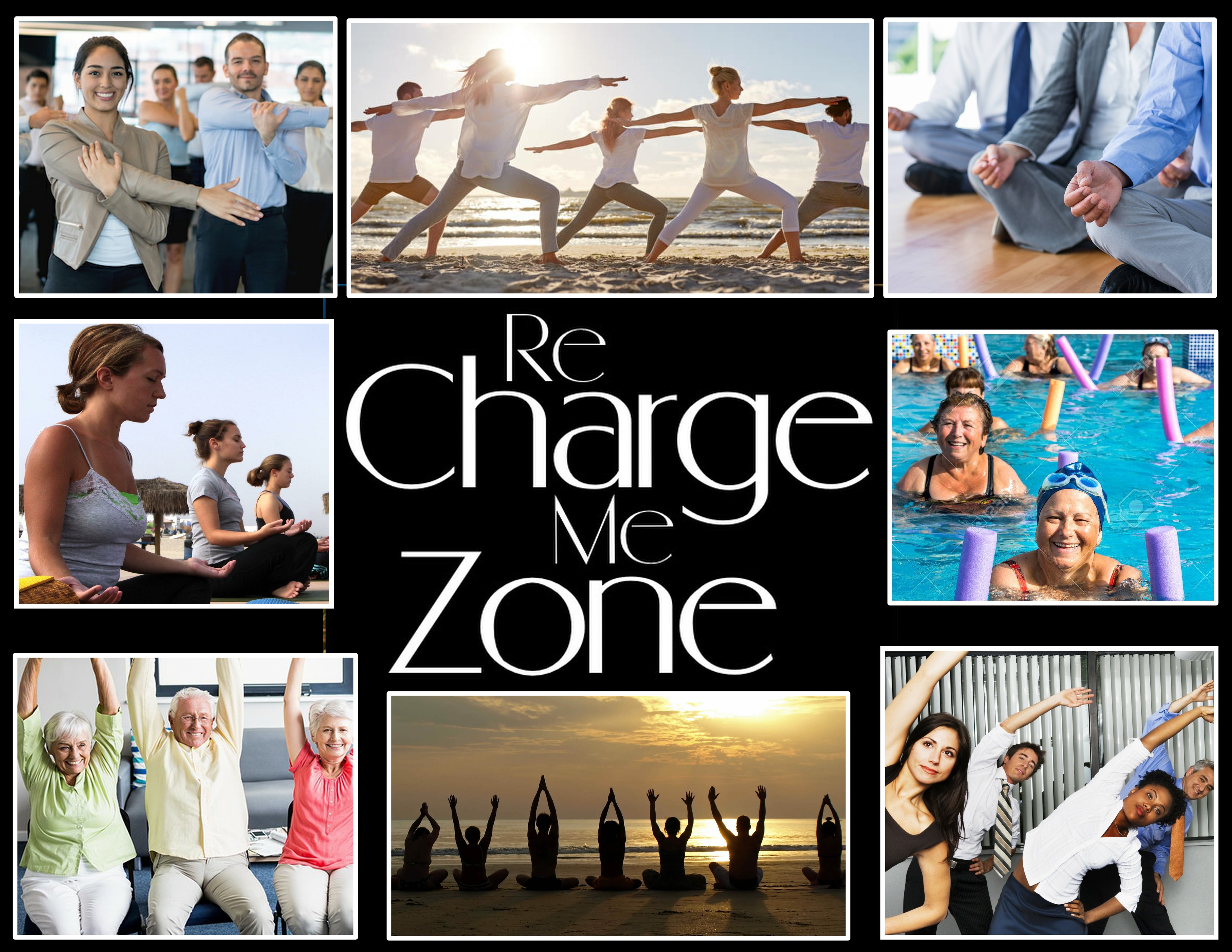A Trip to the Past

Recently, I was fortunate enough to visit my old stomping grounds. My hometown and places nearby that I grew up around. My family had a special event and we all (around 20) gathered in Branson, Missouri to celebrate. Jim and I arrived several days prior to the family get together in my hometown of Springfield, Missouri. Poor Jim had to follow me around as I walked down memory lane of old schools, places I lived, worked, and played. Jim was a good sport about it all and let me fill my days reminiscing about times from a long time ago. It was very special as I hadn’t been back to that area for many years. This trip encompassed a little of everything. I walked through my childhood again, seeing places with fresh eyes. Of course, the homes I lived in were much older and to my eyes now, much smaller. Much has changed over the years. Neighborhoods were run down; the city had grown and transformed; and some of the charm was missing. But all these changes did not bother me. I was inspired by my life, where I had started, and how far I had come. We spent much of the week playing tourist. We explored caves, went to Silver Dollar City, visited Civil War grounds, boated on Table Rock Lake, and visited historical museums. Another part of the trip was visiting the cemeteries where members of my family are buried. This took us all the way to Kansas, and we spent many miles traveling the Ozark Mountain back-roads and a little of historical Route 66. Going back to your roots can give you a connection to where you came from and keep you grounded. It’s not so much a place, but a state of mind. A place to appreciate how much you have now and the gratitude for all your experiences. It is an opportunity to experience old and new and appreciate both. Our hometown can define us and where we grew up matters. We ingrain much of what happened in our childhood with our hometown memories. There’s a reason why the first thing we often ask someone when we meet, right after we learn their name, is “where are you from?” It is a way of belonging and connecting. They say that home is where the heart is, and for most people, their hometowns are an important part of their identity. Whether they bring fond memories or sad ones, and if you plan to return someday or not, your hometown played an important role in helping you become the person you are today. “Towns change; they grow or diminish, but hometowns remain as we left them.” – Jayne Anne Phillips Robin Anne Griffiths–Founder of ReChargeMe Zone * Behavioral Change Specialist * Yoga Instructor * Meditation Facilitator * Personal Trainer * Author * Speaker * Helping people on a journey for change to live a fuller and healthier life.











